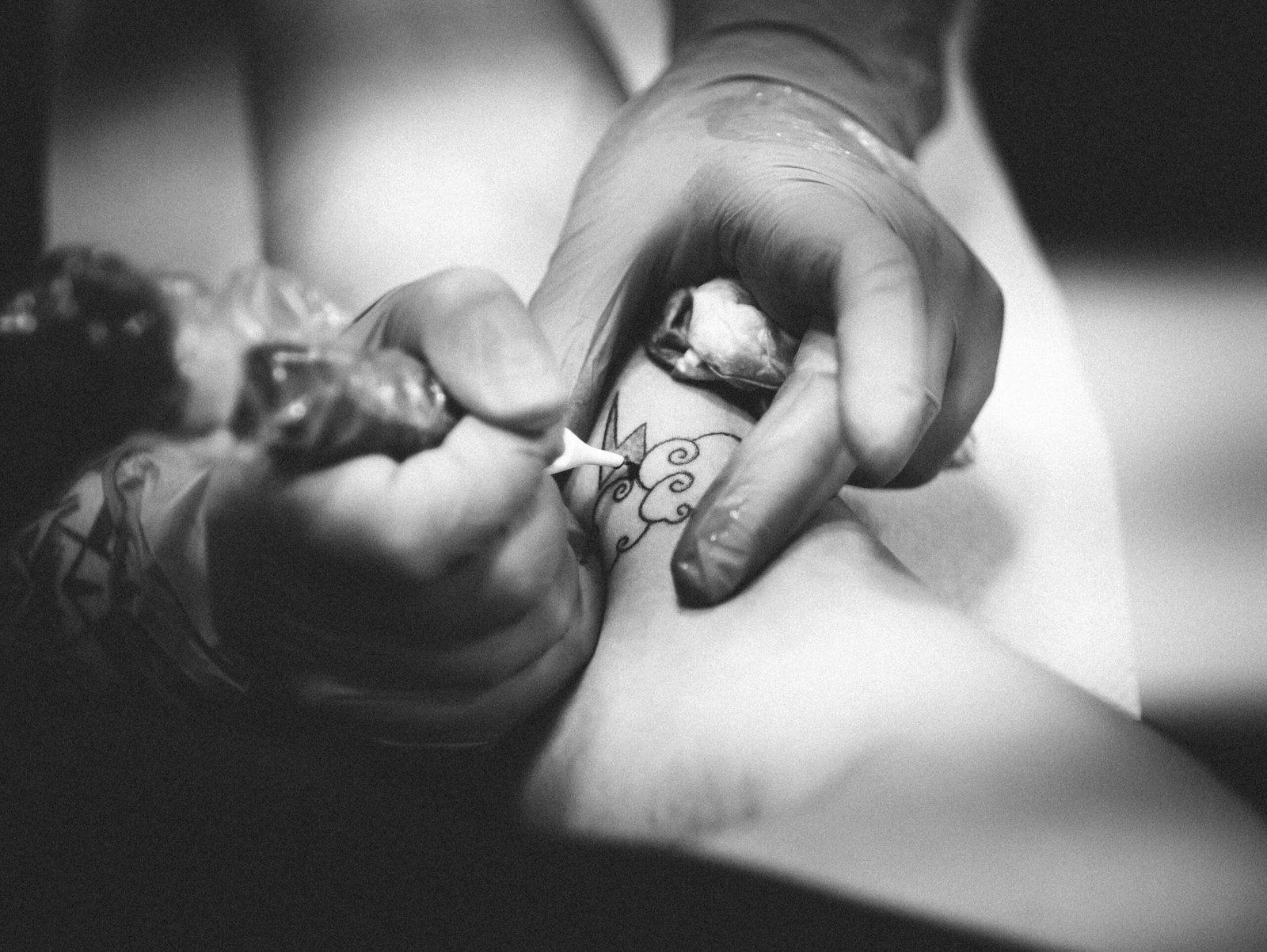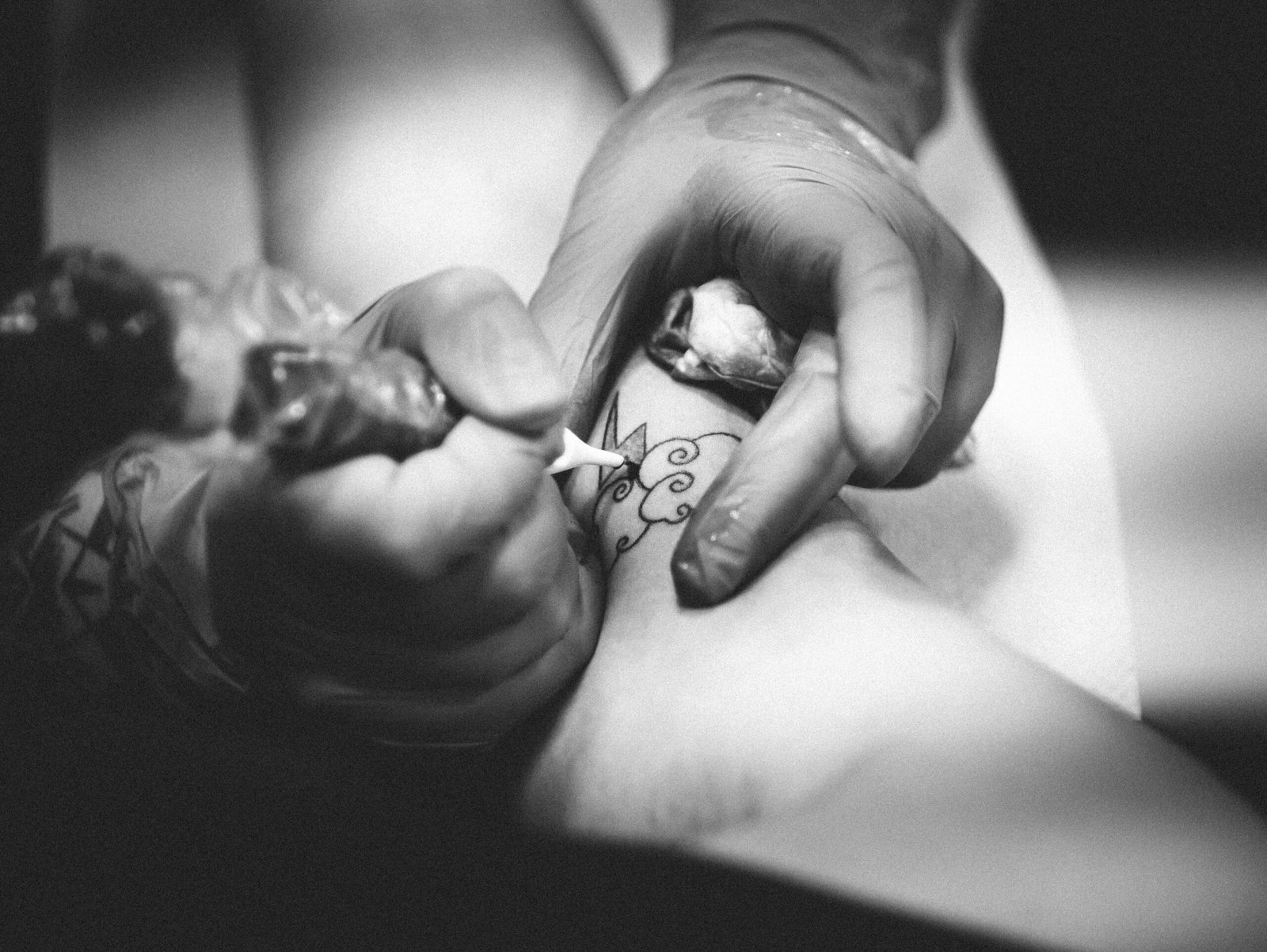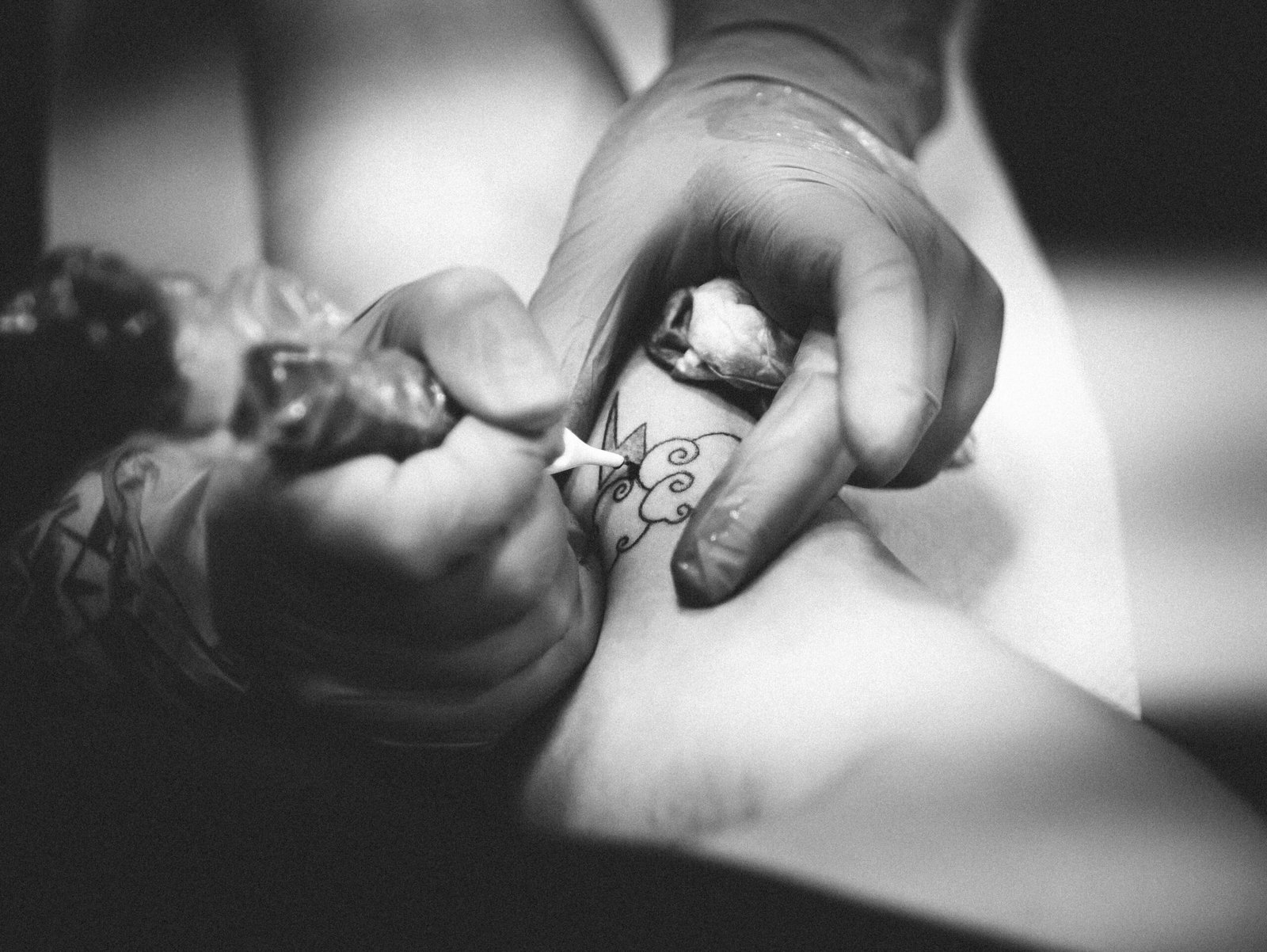Understanding the Pain of Pico Laser Treatments
What is Pico Laser Treatment?
Pico Laser treatment represents a significant advancement in the field of dermatology and aesthetic medicine. Unlike traditional laser systems, which typically rely on nanosecond pulses to deliver energy to the skin, Pico Laser technology utilizes ultra-short picosecond pulses. This fundamental difference allows for more precise targeting of pigment cells without causing substantial damage or heat to the surrounding tissue.
The principle behind picosecond technology lies in its exceedingly rapid delivery of laser energy. By emitting energy in trillionths of a second, Pico Laser can shatter pigment particles into much smaller fragments. This not only enhances the skin’s ability to clear these fragments through natural processes but also minimizes thermal damage, leading to a reduction in potential side effects such as prolonged redness or swelling.
Pico Laser treatments are commonly employed for a variety of dermatological applications. Among the most frequent uses are tattoo removal, pigmentation correction, and skin revitalization. The precision of the picosecond pulses makes it particularly effective for treating areas with fine, intricate patterns, such as multi-colored tattoos. Additionally, it is widely utilized for addressing pigmentation issues like melasma, sunspots, and acne scars, offering promising results with reduced risk of post-inflammatory hyperpigmentation.
One of the primary advantages of Pico Laser over traditional laser treatments is its minimal invasiveness and enhanced comfort. The ultra-short pulses significantly reduce the amount of heat generated, thereby lessening discomfort and making the procedure more tolerable for patients. This characteristic is particularly beneficial for individuals with sensitive skin or those undergoing multiple sessions.
Understanding the mechanism of Pico Laser technology is essential for appreciating why the sensation during treatment might differ from that experienced with other laser systems. As the process involves the rapid delivery of energy and minimal heat dispersion, patients often report varied sensory experiences, which can range from mild tingling to slight discomfort, depending on the area being treated and the individual’s pain threshold.
“`html
Factors Influencing Pain Levels
The pain experienced during Pico Laser treatments can vary significantly based on a multitude of factors. One primary consideration is the type of procedure being performed, whether it be tattoo removal or skin rejuvenation. Tattoo removal often involves targeting multiple layers of ink deep beneath the skin, which can result in a higher degree of discomfort compared to skin rejuvenation, which generally requires less penetration and intensity.
Individual pain thresholds also play a critical role in the perceived pain during Pico Laser treatments. Pain tolerance is subjective and can differ widely from one person to another, making some individuals more susceptible to experiencing higher pain levels. Furthermore, the specific area of the body being treated can influence pain intensity. Regions with thinner skin and more nerve endings, such as the face or hands, are typically more sensitive compared to areas with thicker skin like the back or thighs.
Pre-treatment applications, such as the use of numbing creams, can effectively mitigate discomfort. Topical anesthetics are often applied before the procedure to desensitize the skin and minimize pain. The effectiveness of these products can vary, but they are a common method to enhance patient comfort.
The energy levels of the laser are another determinant of pain during Pico Laser treatments. Higher energy levels, which might be necessary for treating more stubborn tattoos or achieving certain skin rejuvenation results, could lead to increased pain sensations. Conversely, lower energy settings generally translate to milder discomfort.
Lastly, the number of sessions required can affect pain perception. Multiple treatments may be necessary to achieve desired results, particularly in the case of tattoo removal or more complex skin concerns. Each session can compound the overall experience of pain, especially if the intervals between sessions are short or if previous treatments have already sensitized the skin.
“““html
Patient Experiences and Pain Management
Pico Laser treatments are becoming increasingly popular for skin rejuvenation and pigmentation issues. However, patient experiences with pain during these procedures can vary significantly. According to numerous testimonials and case studies, individuals report a wide spectrum of sensations ranging from mild discomfort to more intense pain. For some, the treatment feels akin to a rubber band snapping against the skin, whereas others describe it as a prickly heat or slight burning sensation. Despite these differences, certain common themes emerge regarding the pain experienced during Pico Laser treatments.
An important factor that seems to influence the level of pain is the individual’s pain threshold. Patients with a higher tolerance often describe the procedure as manageable and relatively low on the discomfort scale. Conversely, those with a lower pain threshold frequently report needing multiple breaks or additional pain management strategies. Another common theme is the role of the treatment area; areas with thinner skin or more nerve endings tend to produce more discomfort. For instance, facial treatments can be more painful compared to treatments on the legs or back.
Managing pain effectively is crucial for improving the overall treatment experience. Many practitioners recommend the use of numbing agents, such as topical anesthetics, which can be applied before the procedure to significantly reduce pain. Cooling devices, which cool the skin before and during the laser pulses, are also widely used and have been found to provide considerable relief. Post-treatment care is another essential aspect; applying soothing creams and maintaining proper hydration can help mitigate any lingering discomfort.
Both practitioners and patients have shared additional tips for minimizing discomfort during Pico Laser treatments. These include ensuring adequate hydration prior to the session, avoiding caffeine and alcohol on the day of the treatment, and practicing deep breathing techniques during the procedure. Communication between the patient and practitioner is also crucial; being open about one’s pain tolerance and any concerns can help tailor the pain management approach to individual needs.
By understanding the range of sensations involved and employing effective pain management strategies, it is possible to significantly enhance the overall experience of Pico Laser treatments.
“`
Comparing Pico Laser to Other Laser Procedures
In the field of dermatology, various laser treatments are utilized to address skin conditions, including the traditional nanosecond Q-switched lasers, fractional CO2 lasers, and the more recent pico laser technology. Each of these lasers has distinct characteristics that influence the level of discomfort or pain experienced by patients during and after treatments.
Pico laser technology differentiates itself notably through its pulse duration and energy delivery. Pico lasers emit energy in picoseconds, which are a thousand times shorter than the nanosecond pulses of Q-switched lasers. This shorter pulse duration means that pico lasers can break down pigments and skin imperfections more efficiently while minimizing thermal damage to surrounding tissues. Consequently, the reduced thermal effect often results in a lower likelihood of prolonged pain and quicker recovery times.
Comparatively, Q-switched lasers, often used in tattoo removal and pigmentation treatments, tend to produce more heat, potentially leading to more discomfort during the procedure. Patients frequently report a stinging sensation akin to the snapping of a rubber band on the skin. Post-treatment, the skin can feel tender and necessitate a longer healing period due to the increased heat impact.
Fractional CO2 lasers, used primarily for skin resurfacing and wrinkle treatment, operate by creating microthermal zones through the skin. This can be quite painful, requiring topical anesthetics or even sedatives for patient comfort. Post-procedure, patients can experience significant redness, swelling, and pain as the skin heals and regenerates.
Recent comparative studies highlight that pico laser treatments tend to be associated with lower pain levels than both Q-switched and fractional CO2 lasers. A survey among dermatologists suggests that the rapid and precise energy delivery of pico lasers decreases the overall sensory discomfort during the procedure. Moreover, this technology’s less invasive nature typically results in a more manageable post-treatment recovery phase.
Understanding these comparative aspects is crucial for patients considering pico laser treatment. While individual pain thresholds and skin types will influence personal experiences, the technological advancements inherent in pico lasers provide a compelling argument for their perceived reduction in pain and discomfort.







